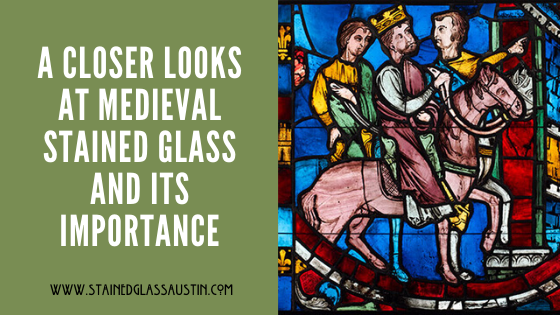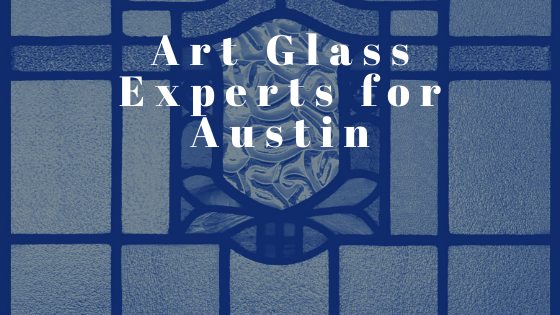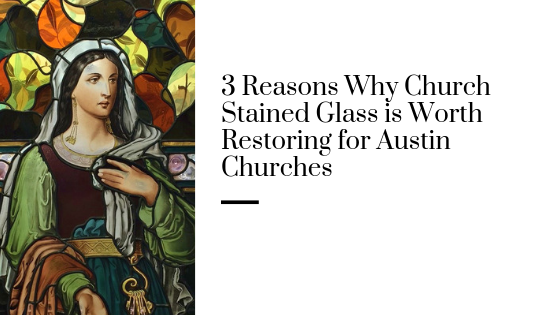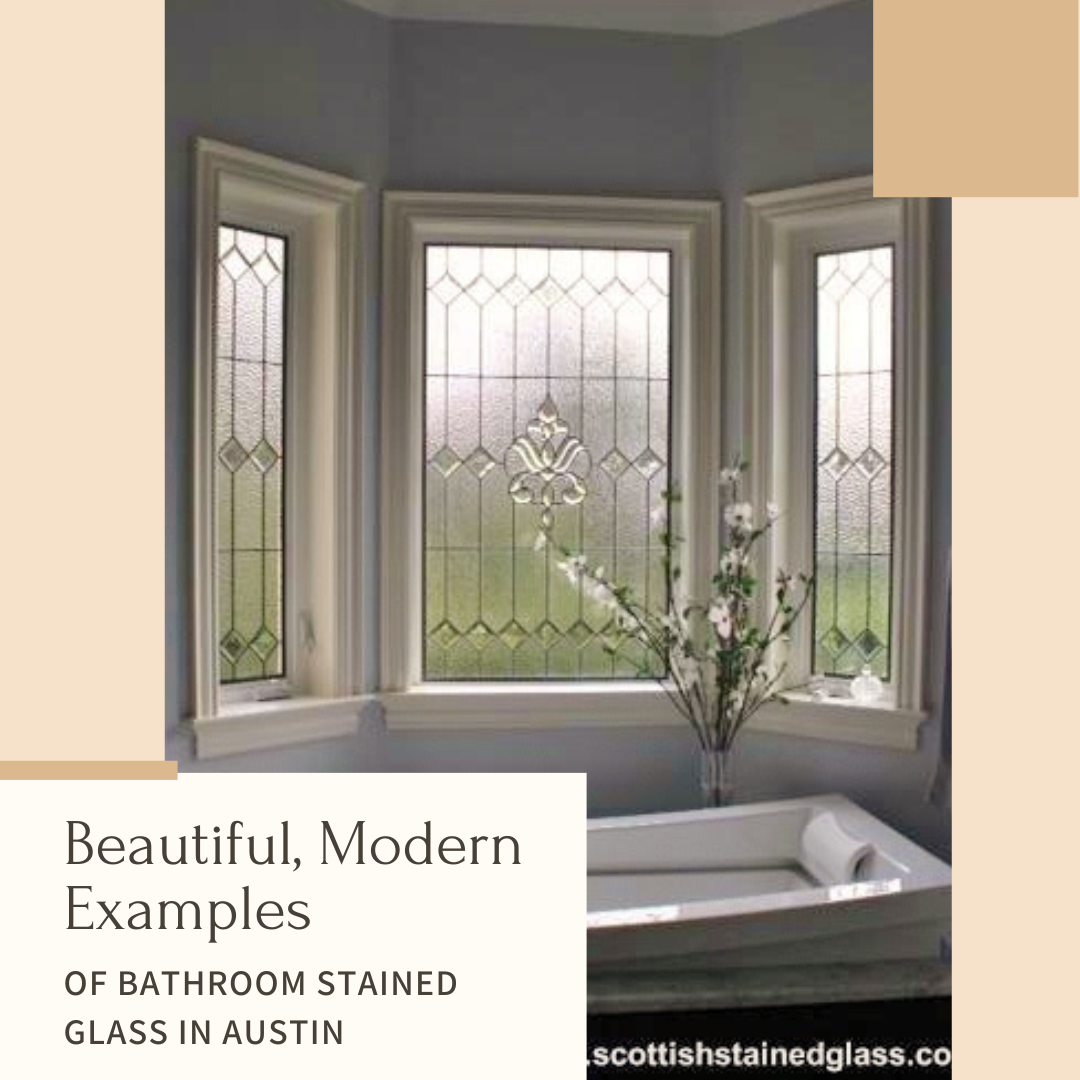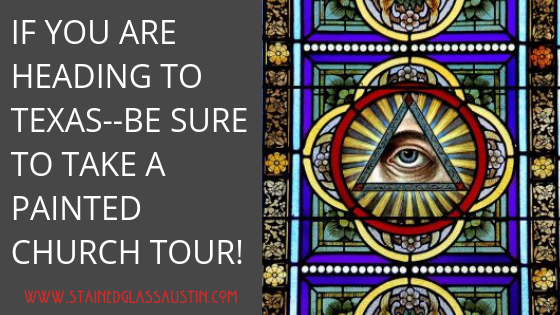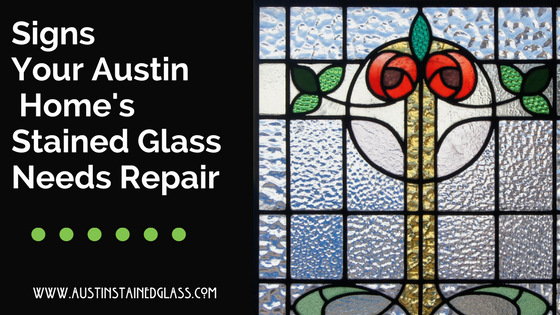A Closer Look At Medieval Stained Glass And Its Significance
Medieval stained glass is incredibly old. And as you will find out, still significant in this day and age. The reason for this– colors. That’s right, the use of color was something unique about medieval stained glass and marked a distinct shift in technology. The medieval period in Europe lasted from about the 10th century to the 16th century. In this time the art form of stained glass changed from rudimentary to advanced. Driving these changes was emerging color technology. One of the first examples of colored window glass was unearthed during an excavation at the Abbey of San Vincenzo in Volturno, Italy. Here colored stained glass from about 820 was found. This glass could be the first colored stained glass ever made and it was made less than two hundred years before the beginning of what is considered the medieval period. What followed was a dramatic shift in glassmaking methods and the emergence of some of the world’s most stunning early stained glass.
The Color Technology of Medieval Stained Glass
The use of specific colors is what sets medieval stained glass apart from earlier stained glass. Several colors are a hallmark of this period. The early part of this “color revolution” was almost certainly due to naturally occurring impurities in the silica used to make the glass. However, as time passed the colors were less often mistakes and more often intentional.
Medieval Stained Glass Colors
Medieval blue soda glass: One of the most gorgeous colors in Medieval stained glass is the blue soda glass. It was an early medieval glass color that was, as the name implies, a soda-based creation chemically. It was very distinct and somewhat rare but for reasons unknown, blue soda glass was quickly replaced with Forest glass. In its short time on the scene, blue soda glass made quite a mark though and is still highly regarded today. There have been blue soda stained glass found in UK excavations at Old Sarum, Winchester and even some in France.
Red And Green Medieval Stained Glass: These shades of medieval stained glass were some of the first because green and red stained glass outcomes occurred naturally. This was due to the naturally occurring impurities in the silica. However, as the medieval stained glass technology moved forward technologically these colors were made even more distinct and vivid by adding copper– in the form of ore or copper filing.
Silver Stain Medieval Stained Glass: Early on in the Medieval period, colors were coaxed from the firing kilns by paying close attention to and controlling the furnace conditions. Things like heat and length of fire were manipulated to create certain unique colors. The artists were actually using techniques to increase or decrease in oxidation–although they didn’t know it at the time. However, later in the Medieval period (about the 14th century), silver stain was introduced. This was a workaround of sorts and made it possible to create a wider variety of glass hues by painting on this chemical mixture.
The Importance of Medieval Stained Glass
Since Medieval stained glass windows were made so long ago it may be hard to imagine the significance that these windows have today. But the truth is they are extremely relevant because of the huge impact on the colors of modern glass we see today. This era in time not only introduced color into stained glass but paved the way for the later development of many of the same colors we use today. Furthermore, by adding color to the mix of the artwork, this period of time started an era of life-like representations of people, places, and things–iconography that is still around today!
For more information on stained glass for homes and churches across the country, contact us at Stained Glass Austin today!

